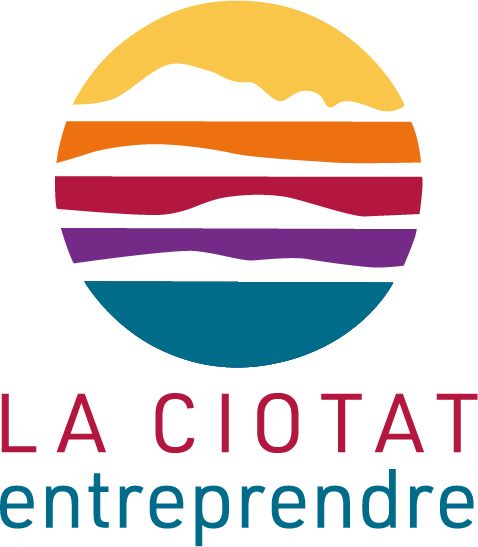
Web 4y
FollowOverview
-
Date de fondation 27 avril 1918
-
Secteurs Services
-
Posted Jobs 0
-
Vues 67
L'entreprise
Budget Powers Viksit Bharat with Jobs, Energy, And Innovation Focus

There were heightened expectations from Union Budget 2025-26 regarding structure on the momentum of in 2015’s 9 budget plan priorities – and it has actually delivered. With India marching towards understanding the Viksit Bharat vision, this budget plan takes decisive actions for high-impact growth. The Economic Survey’s estimate of 6.4% genuine GDP development and retail inflation softening from 5.4% in FY24 to 4.9% in FY25 strengthens India’s position as the world’s fastest-growing major economy. The budget for the coming fiscal has capitalised on prudent financial management and strengthens the four key pillars of India’s economic durability – tasks, energy security, production, and innovation.
India needs to produce 7.85 million non-agricultural jobs annually until 2030 – and this spending plan steps up. It has boosted labor force abilities through the launch of 5 National Centres of Excellence for Skilling and intends to align training with « Make for India, Produce the World » manufacturing needs. Additionally, an expansion of capacity in the IITs will accommodate 6,500 more students, guaranteeing a steady pipeline of technical skill. It likewise acknowledges the role of micro and small business (MSMEs) in generating employment. The improvement of credit guarantees for micro and small business from 5 crore to 10 crore, opens an additional 1.5 lakh crore in loans over five years. This, combined with customised charge card for micro enterprises with a 5 lakh limit, will enhance capital access for little services. While these measures are commendable, the scaling of industry-academia cooperation in addition to fast-tracking employment training will be crucial to ensuring sustained task creation.

India stays extremely depending on Chinese imports for solar modules, electric automobile (EV) batteries, and key electronic elements, exposing the sector to geopolitical risks and trade barriers. This spending plan takes this challenge head-on. It assigns 81,174 crore to the energy sector, a significant increase from the 63,403 crore in the current financial, signalling a significant push toward enhancing supply chains and decreasing import dependence. The exemptions for 35 extra capital goods needed for EV battery production contributes to this. The decrease of import responsibility on solar cells from 25% to 20% and solar modules from 40% to 20% reduces costs for developers while India scales up domestic production capacity. The allowance to the ministry of new and renewable resource (MNRE) has increased 53% to 26,549 crore, with the PM Surya Ghar Muft Bijli Yojana seeing an 80% dive to 20,000 crore. These procedures provide the decisive push, however to genuinely accomplish our climate goals, we should also speed up financial investments in battery recycling, important mineral extraction, and tactical supply chain integration.

With capital expense approximated at 4.3% of GDP, the highest it has actually been for the past ten years, this spending plan lays the structure for referall.us India’s manufacturing revival. Initiatives such as the National Manufacturing Mission will offer making it possible for policy assistance for little, medium, and big markets and will even more solidify the Make-in-India vision by enhancing domestic value chains. Infrastructure remains a bottleneck for producers. The budget addresses this with enormous financial investments in logistics to chain expenses, which presently stand at 13-14% of GDP, considerably greater than that of the majority of the established nations (~ 8%). A cornerstone of the Mission is clean tech production. There are assuring steps throughout the value chain. The spending plan presents custom-mades responsibility exemptions on lithium-ion battery scrap, cobalt, and 12 other crucial minerals, protecting the supply of necessary products and enhancing India’s position in global clean-tech worth chains.
Despite India’s thriving tech ecosystem, research and advancement (R&D) investments remain below 1% of GDP, compared to 2.4% in China and 3.5% in the US. Future tasks will need Industry 4.0 abilities, and India must prepare now. This spending plan deals with the space. A good start is the federal government designating 20,000 crore to a private-sector-driven Research, Development, and Innovation (RDI) initiative. The spending plan identifies the transformative capacity of expert system (AI) by presenting the PM Research Fellowship, which will offer 10,000 fellowships for technological research in IITs and IISc with boosted financial backing. This, along with a Centre of Excellence for AI and 50,000 Atal Tinkering Labs in government schools, are optimistic actions toward a knowledge-driven economy.


